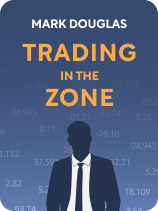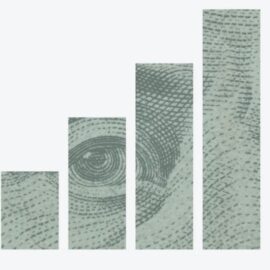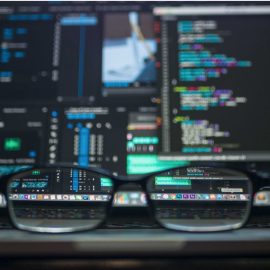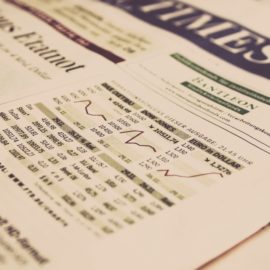

This article is an excerpt from the Shortform book guide to "Trading in the Zone" by Mark Douglas. Shortform has the world's best summaries and analyses of books you should be reading.
Like this article? Sign up for a free trial here .
Why is the trading failure rate so high? In principle, is it possible to predict the market with absolute certainty if you have all the necessary tools?
The financial market gives us ample opportunity to generate money. Yet, most people struggle to make the gains they want. The crux of the problem is that they don’t fully understand how the market operates. Most traders rely on either technical or fundamental analysis (or both) to try and predict the market, but they’re insufficient preparation for consistently successful trades.
Here’s why conventional market analysis strategies fall short.
Fundamental Analysis
Fundamental analysis is a method of assessing the value of an investment using mathematical models. These models take into account multiple variables that could affect the relative balance of supply and demand for that particular investment. Variables include interest rates, competitors, weather patterns, employment rates, and financial statements of the company issuing the stock or bond. By analyzing this data, Douglas says, you may be able to make a plausible forecast of what the price should be at some point in the future. If data suggests a price will rise, you could be wise to invest. But, if data indicates a price will fall, you should likely avoid investing.
According to Douglas, a drawback of this type of analysis is that it doesn’t take into account the potential for other traders to affect prices in an unpredictable way. Traders often make decisions based on emotion, not logic, and this irrational trading activity can dramatically influence prices. For example, traders may panic and sell off stocks in a company based on unfounded rumors that the company’s highly successful CEO is going to resign, thereby causing the price of that company’s stocks to plummet. Thus, fundamental analysis can generate clear and compelling price predictions based on supply and demand factors, but those predictions may nonetheless be grossly inaccurate due to non-rational activity by individual traders.
Technical Analysis
The second market analysis that’s commonly used is technical analysis. Douglas explains that technical analysis looks at patterns in the price of an investment to predict how that investment’s price is likely to shift in the future. In contrast to fundamental analysis, technical analysis takes into account traders’ activity by attempting to uncover behavioral patterns. Patterns tend to emerge when a group of individuals interacts over time, and these patterns reliably repeat over and over. This allows you to predict the direction prices are likely to move in over set time frames.
As Douglas says, technical analysis is now the favored approach among traders. Whereas fundamental analysis predicts what the market will do based solely on what mathematical models say is logical, technical analysis makes predictions based on how current market activity relates to what’s happened in the past. Therefore, technical analysis is more likely to accommodate nonrational activity that can radically influence prices because it factors in past nonrational events.
Despite the superiority of technical analysis, most traders struggle to translate insights from their analyses into steady profits. Why? Douglas says 95% of trading failures have nothing to do with knowledge. Instead, these failures stem from our fears about losing money, being wrong, or taking profits lower than we could’ve gotten if we’d held onto an investment longer. Therefore, even the most sophisticated technical analysis won’t turn an unsuccessful, frustrated trader into a consistent, confident winner.
(Shortform note: It’s difficult to find data that validates Douglas’s claim that 95% of trading errors stem from traders’ fears. Even the best traders sometimes post losing trades, but it’s impossible to say whether their errors stem from fear or bad information. Whereas Douglas says the way to increase wins is by mitigating the influence of traders’ emotions, others seek to improve knowledge through new technologies such as artificial intelligence (AI) and big data. Both AI and big data can be used to combine and test insights from fundamental and technical analysis as well as information on market sentiment, thereby giving traders an advantage.)

———End of Preview———
Like what you just read? Read the rest of the world's best book summary and analysis of Mark Douglas's "Trading in the Zone" at Shortform .
Here's what you'll find in our full Trading in the Zone summary :
- The role mindset plays in stock trading
- The critical importance of embracing risk
- How to become a confident, consistent winner






